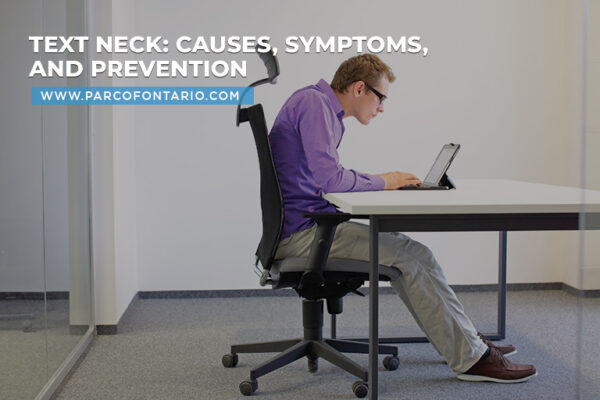
Text Neck: Causes, Symptoms, and Prevention
Many of us spend long hours hunching over our electronic mobile devices and laptops. As we spend more time texting, browsing social media, and reading on our devices, this constant downward gaze…
Read More
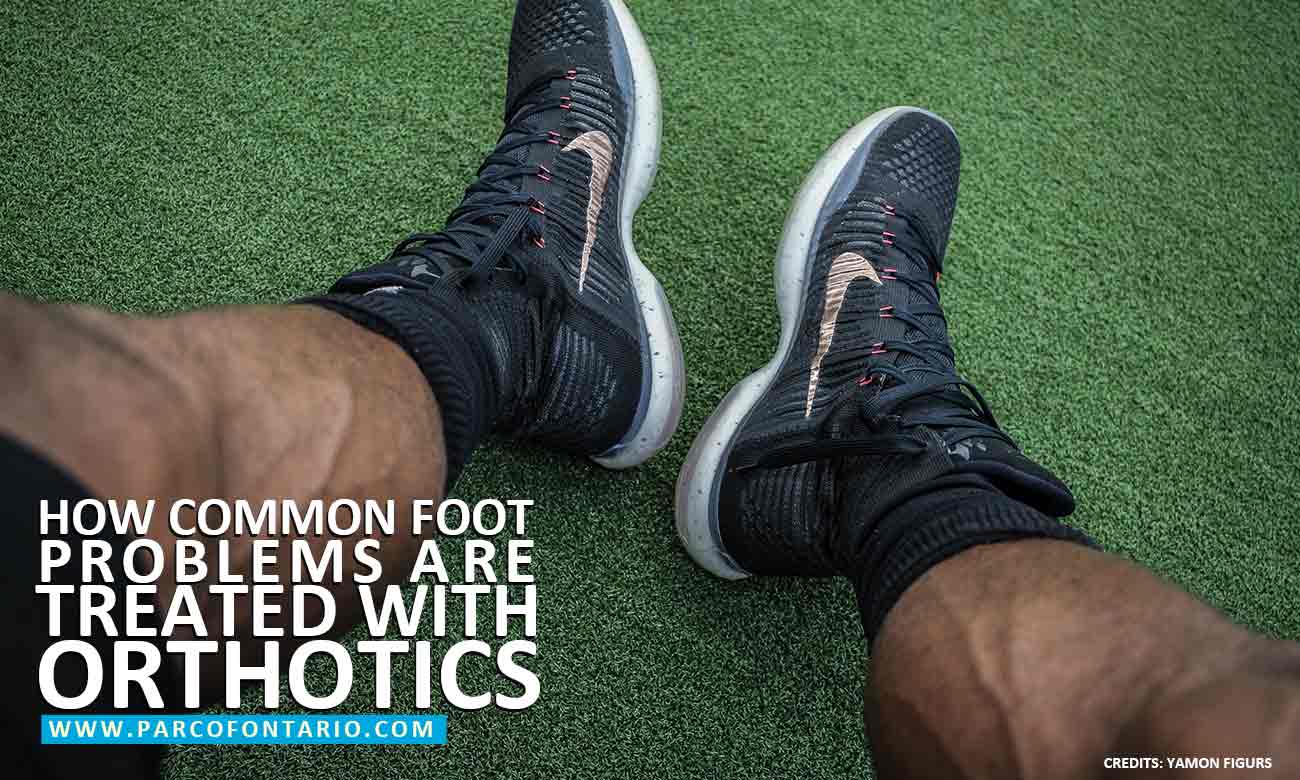
Orthotics (also called foot orthoses) are shoe or heel inserts designed to provide added support to your feet and enhance your posture. Patients experiencing serious foot or leg problems that are interfering with their health and how their feet function may be given orthotics prescriptions by a podiatrist. Prescription shoe inserts can be bought off the shelf or custom-made from scratch using a computer-aided picture of the foot of a patient or a plaster cast.
For instance, to relieve pressure, a person who’s prone to developing calluses can evenly distribute their body weight across their feet using customised shoe inserts. Orthoses are also popular among athletes. They wear orthoses to correct any foot problems that could potentially affect their performance.
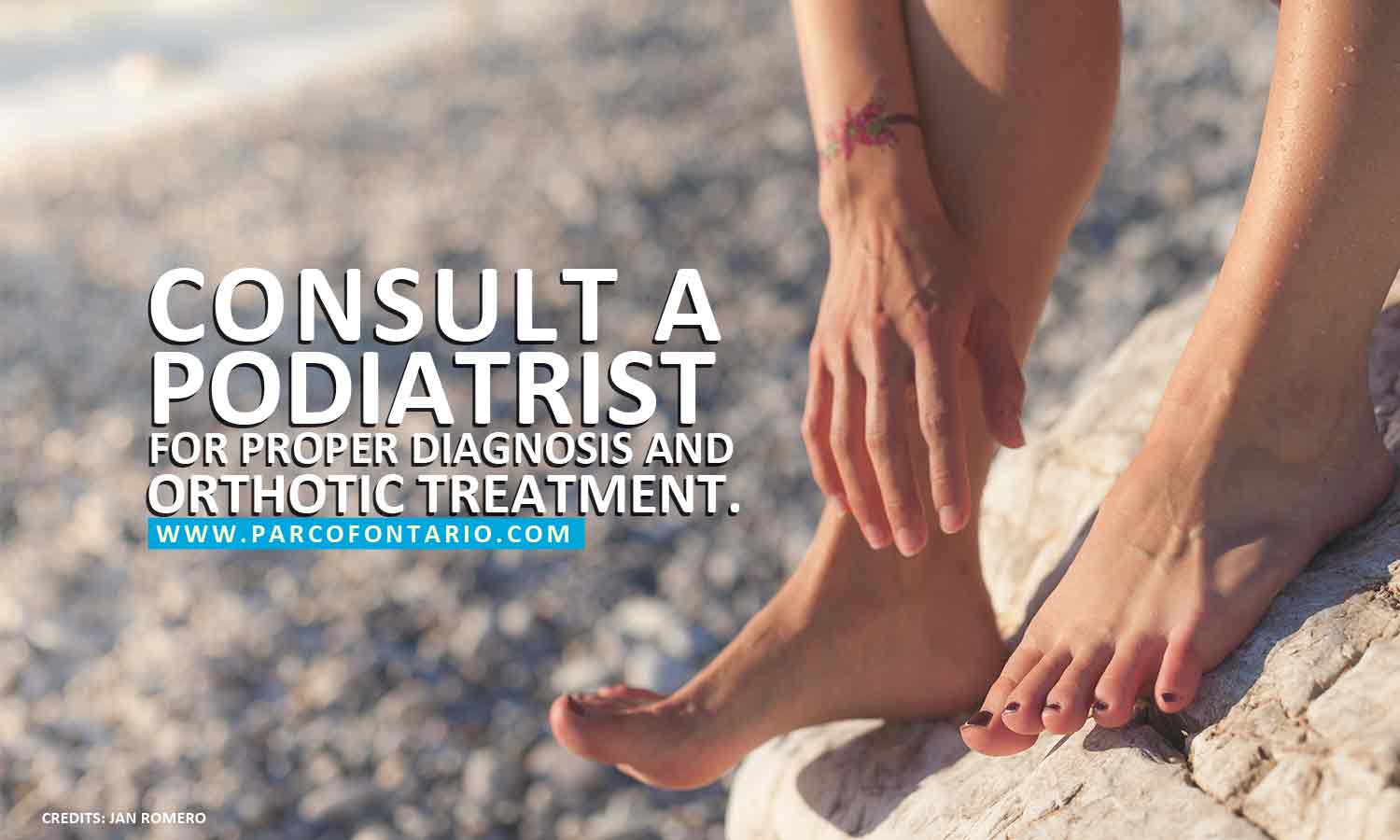
A specialist who checks and treats various feet conditions, a podiatrist will assess your foot if you’re experiencing pain or discomfort in your foot or heel. They will ask about your symptoms and assess when you first felt them, what movements trigger them, and what makes them feel better. The podiatrist will also run a physical examination on your feet. This is to check for deformities and locate painful areas.
To further gauge your condition, the doctor will ask you to walk and do some activities to identify how your feet and ankles are positioned when you perform certain exercises. Some doctors will ask you to walk on special imaging or pads that will show where and how your feet strike the ground. This procedure is done to determine the exact location and problems related to the function and structure of your feet.
Your podiatrist may also recommend conducting traditional imaging of your feet (e.g. x-ray, MRI, or bone scan) to point out damaged or injured areas. The doctor will use the results from these diagnostic methods to develop treatment recommendations and give you the right orthotics prescription.
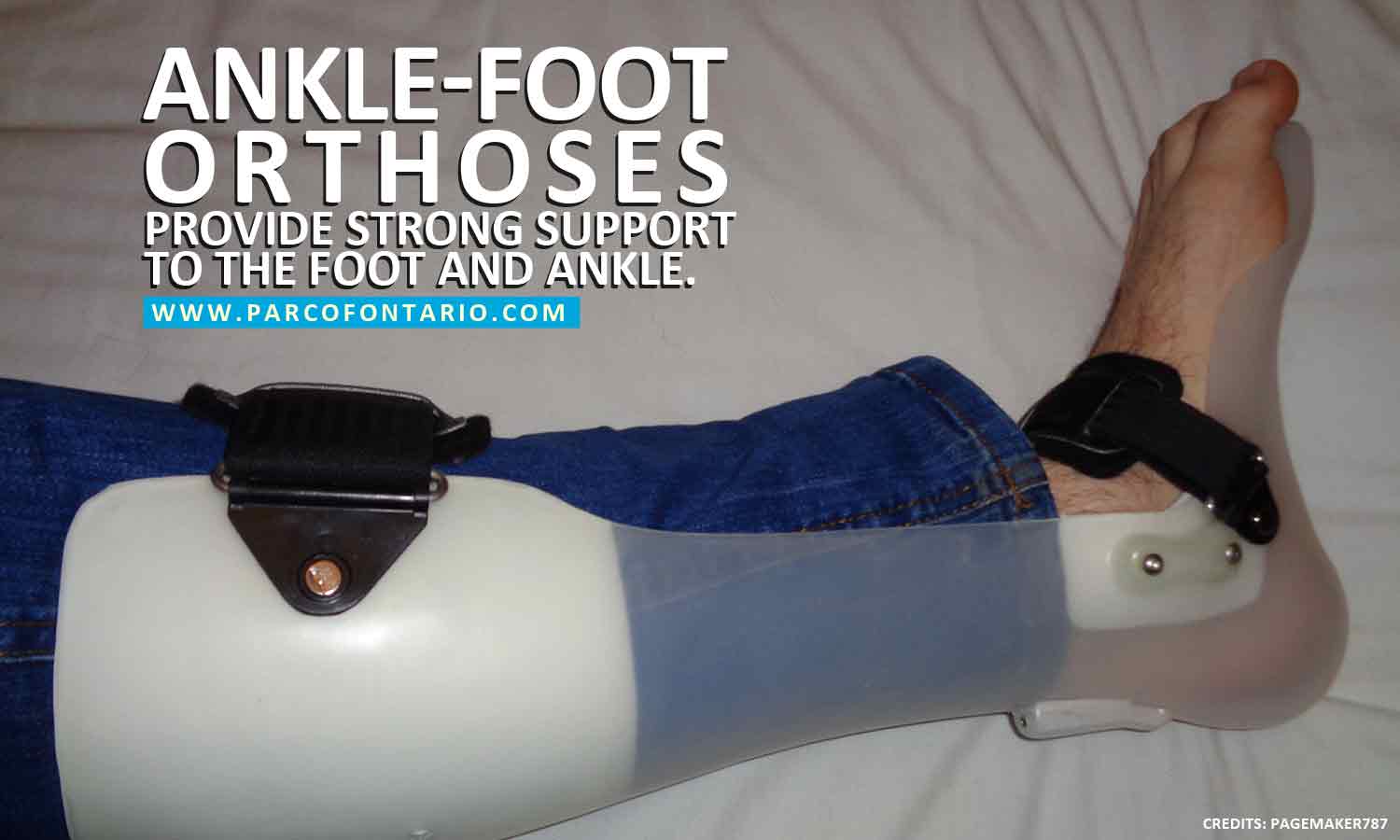
There are also special orthotics that are custom-fit for sporting gears like ice skates and ski boots.
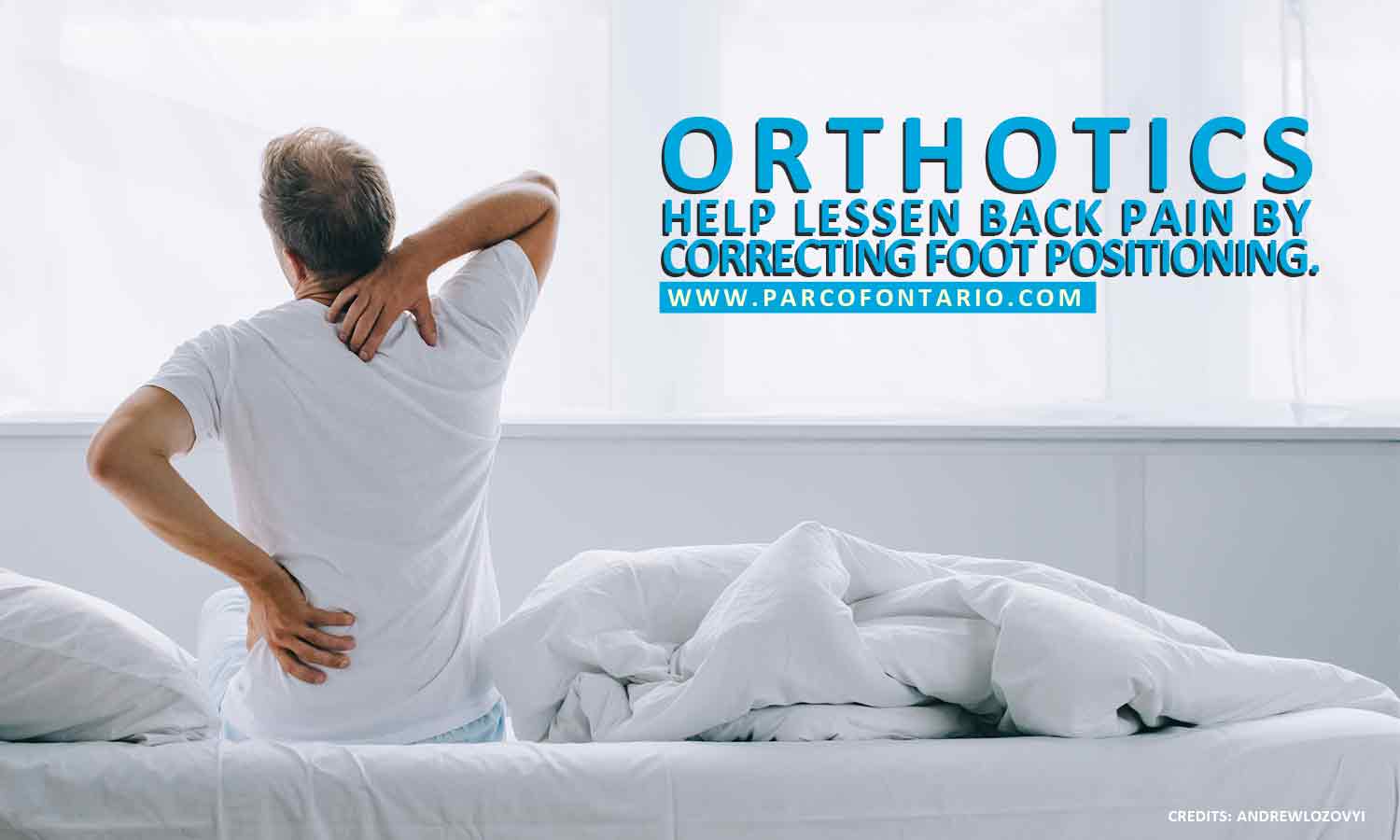
Doctors prescribe orthotic devices to treat a range of foot conditions. Some of these ailments include:
Orthotic devices are also helpful in treating repetitive stress injuries like:
However, some conditions that are not musculoskeletal in origin can have symptoms that can be relieved by orthotics.
Doctors may also prescribe custom-made orthotics for patients experiencing positional issues with their legs and feet. Orthotics can help treat underdeveloped muscles in the legs and feet.
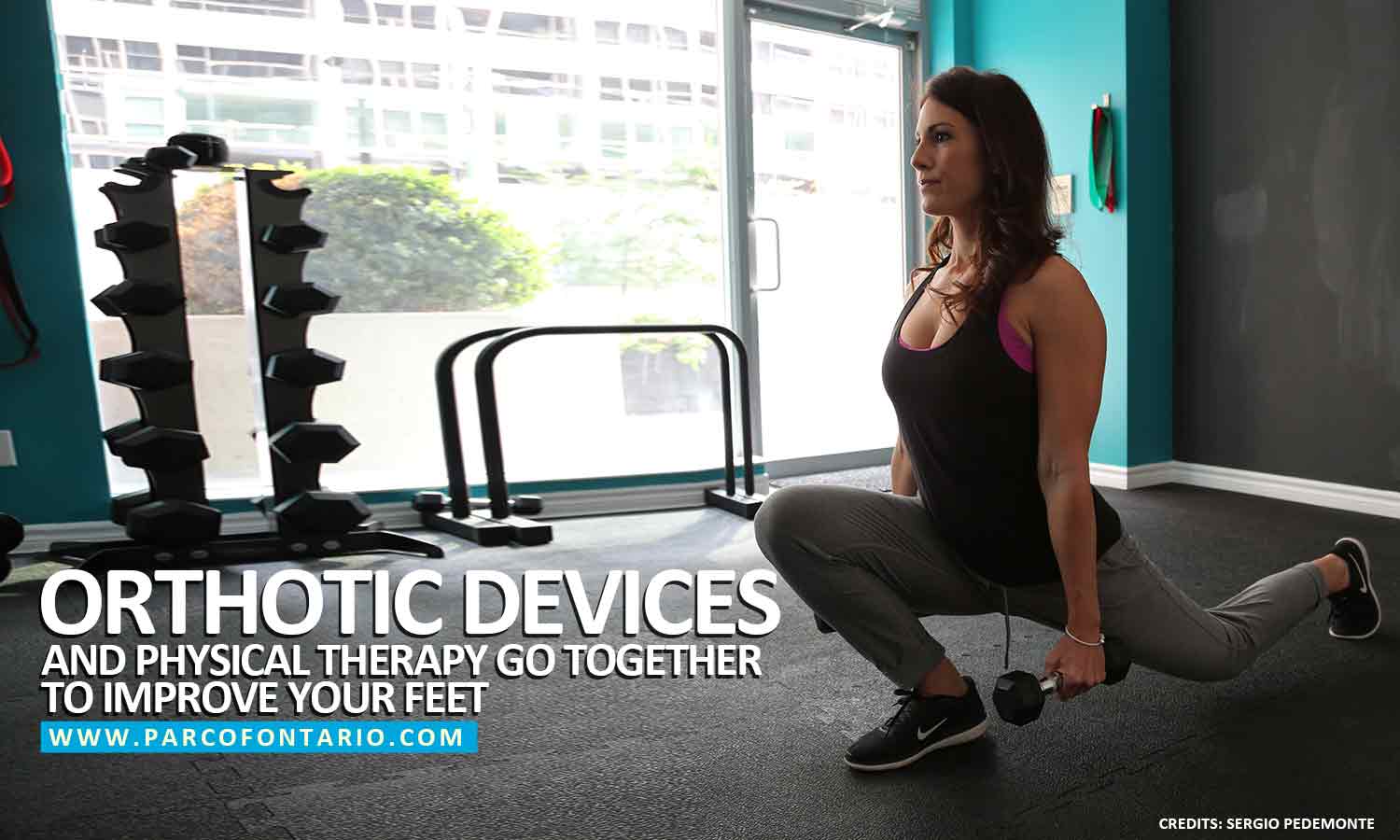
In most cases, orthotics is only part of a holistic treatment program to address foot and ankle problems. Doctors may prescribe orthotics together with treatments like supportive shoes and physiotherapy exercises. And to minimize pain and inflammation, your doctor may even prescribe nonsteroidal anti-inflammatory drugs (NSAIDs) like naproxen sodium and ibuprofen.
Doctors commonly recommend wearing orthotic devices when undergoing these treatments since orthotics are effective solutions in correcting improperly positioned feet. This is true for feet that roll inward or downward. Wearing the right orthotic device can provide supplementary arch support to prevent further complications.
The main purpose of orthotics is to boost support and cushioning to the feet (particularly the heel or ball of the foot). Since orthotics are custom-made to suit your unique condition, your orthotics provider will consider your specific footwear needs. When properly throughout the intended course of treatment, orthotics (in conjunction with other treatments) can eliminate the need for invasive surgery.
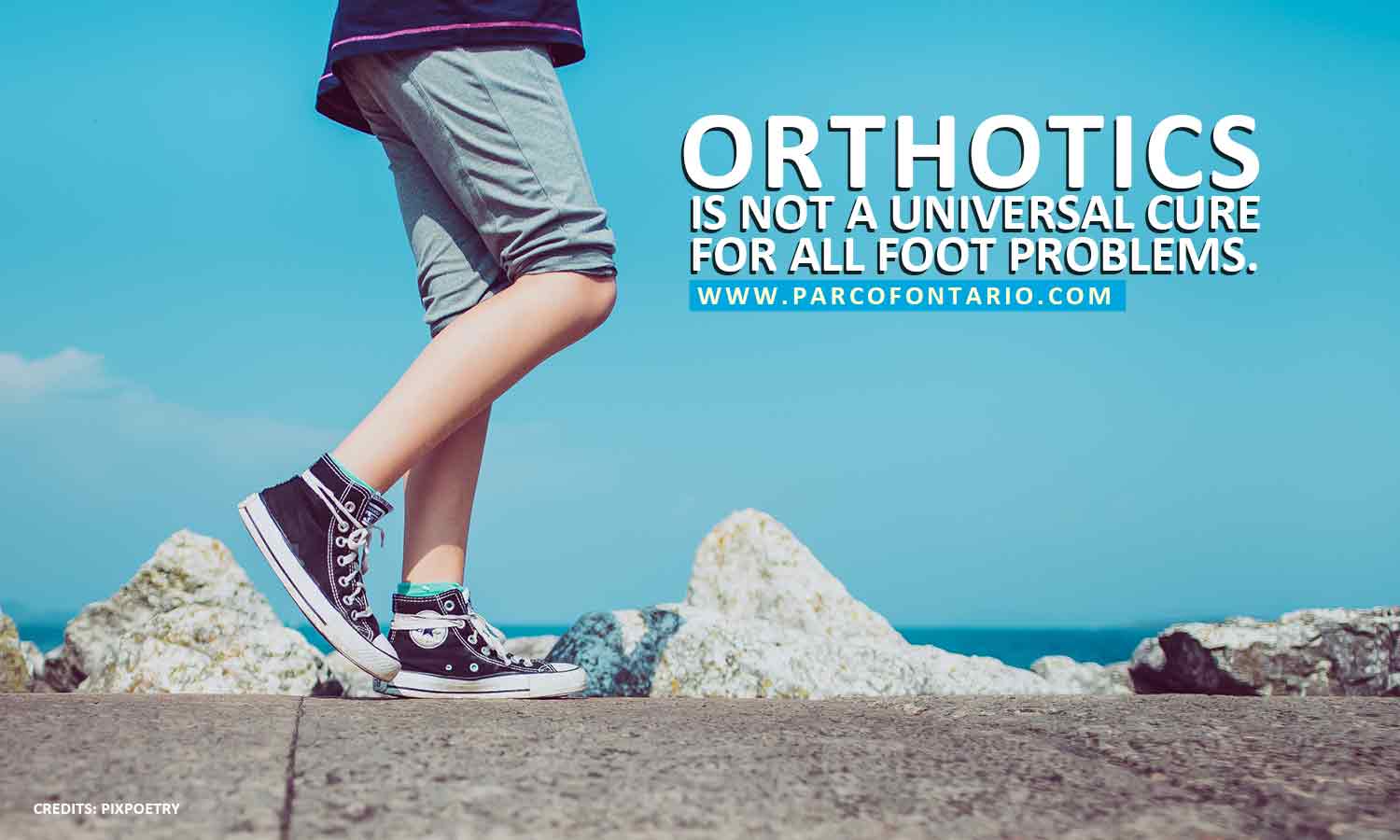
While they can treat many foot conditions, orthotics don’t help all patients experiencing pain and discomfort in the foot and ankle. There are a number of factors that can define the success of the treatment, including:
If your doctor advises orthotics, it’s best to consult the experts and ask them questions about the results you can expect from the treatment.
If you’re looking for an orthotics provider to improve your health, call Physiotherapy and Rehabilitation Centres (PARC) of Ontario at (905) 579-9938 or fill out this form to book an appointment with our podiatrist. They can give you all the information you need and design an orthotic device to address your foot problems.